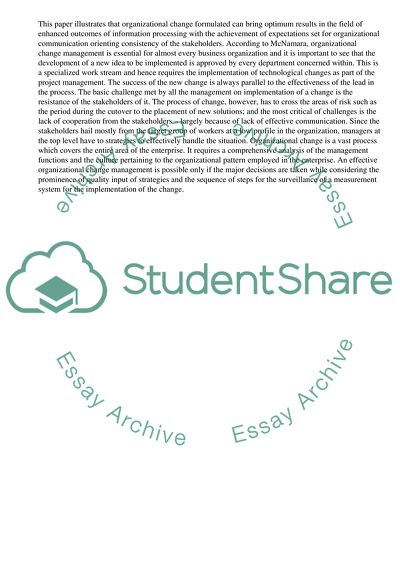Cite this document
(“Concepts of Organizational Change Research Paper - 1”, n.d.)
Retrieved from https://studentshare.org/business/1430731-organizational-change
Retrieved from https://studentshare.org/business/1430731-organizational-change
(Concepts of Organizational Change Research Paper - 1)
https://studentshare.org/business/1430731-organizational-change.
https://studentshare.org/business/1430731-organizational-change.
“Concepts of Organizational Change Research Paper - 1”, n.d. https://studentshare.org/business/1430731-organizational-change.


